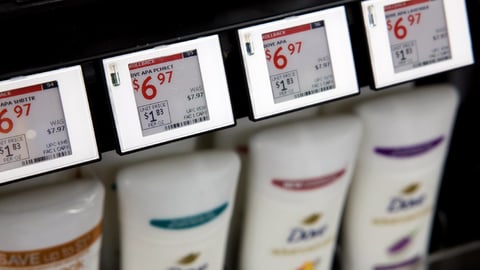E-commerce automation for a wholesale business

By connecting their webshop, ERP, and marketplaces, 70% of the manual work disappeared. Orders, prices, and payments now flow automatically.
A Belgian wholesaler with an online sales channel was growing fast, but the admin work couldn’t keep up. Orders from the webshop had to be retyped into the ERP. Prices didn’t always match, customer data was duplicated, and stock levels were often outdated.
The result: wasted time, errors, and frustration for both customers and employees.
The solution
We built an automation layer between their webshop, ERP, and payment platforms so data moves automatically.
1. Master data in sync
Product and customer details are managed in the ERP and sent automatically to the webshop.
New customers who register online are instantly created in the ERP with correct VAT and address info.
Changes are updated both ways.
→ Fewer mistakes, no double records, always correct data.
2. Prices update automatically
Price changes or promotions in the ERP show up right away in the webshop.
The prices customers see online match exactly with what’s in the back office.
→ No more price debates, clear margins for sales and finance.
3. Orders flow straight into the ERP
Each webshop order becomes a sales order automatically.
Order lines, discounts, and delivery addresses are all synced, and the order status updates back to the webshop.
→ Less manual work, customers track their order in real time.
4. Real-time stock visibility
The webshop shows live stock per warehouse or store.
If something’s temporarily out of stock, it shows the expected delivery date.
→ Transparency for customers and fewer support questions.
5. Self-service portal for customers
Customers can download invoices, check open balances, and view their order history.
→ Finance gets fewer emails, customers help themselves, and the back office saves time.
6. Marketplace integrations
All product data, prices, and stock levels are synced automatically with platforms like Amazon and Bol.
Orders from these platforms flow straight into the ERP.
→ One central system to manage multiple sales channels. No separate Excel sheets or manual uploads.
7. Automated cash reconciliation
Online payments from providers like Mollie or Adyen are often paid in bulk with different fees and timings.
We automated the full reconciliation process: transactions are matched to invoices and fees are processed automatically.
→ Finance no longer reconciles manually, and accounting closes faster with zero errors.
The result
The company now runs on one central data flow between webshop, ERP, and payment channels.
Order processing is faster, errors have dropped sharply, and customer service is lighter.
Customers see correct prices, live stock, and manage their own admin.
In short:
Less manual admin and fewer errors
Faster processing and delivery
Less pressure on finance and operations
More trust from customers

